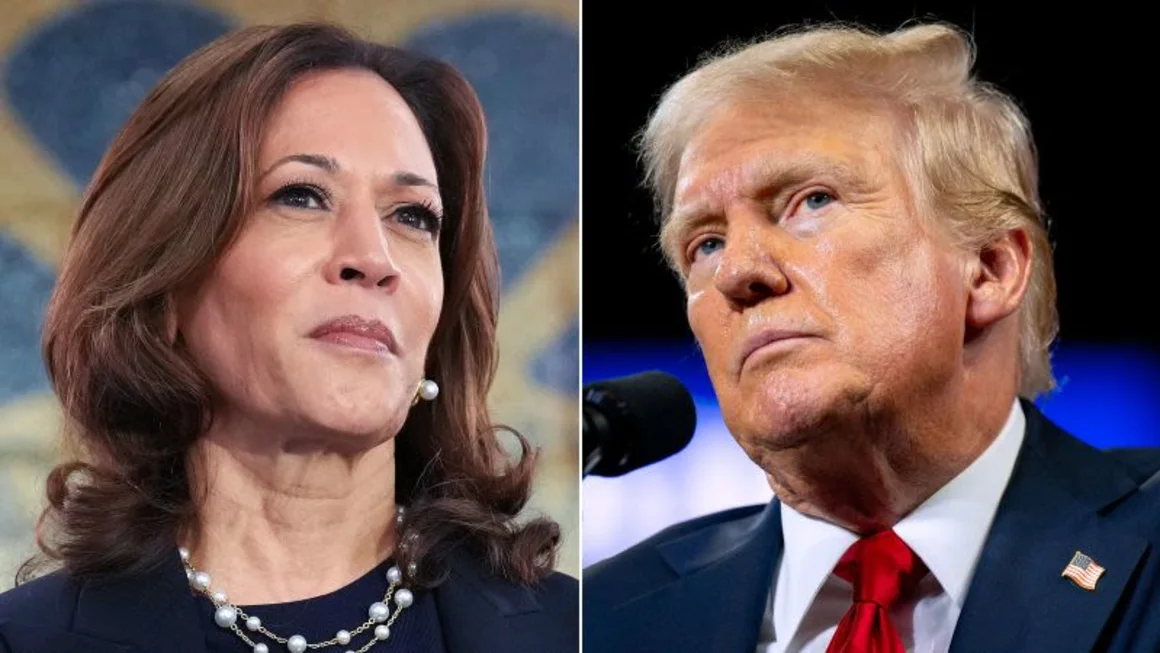Washington — President Joe Biden proudly touts the return of manufacturing jobs to America — but despite the investments and subsidies, it’s an industry in the US that is now languishing after just barely recovering from the Covid-19 pandemic. And it’ll be tough for either Vice President Kamala Harris or former President Donald Trump to turn that around if elected, no matter their grandiose campaign promises.
Under the Biden administration, the US manufacturing industry has been infused by billions of dollars of investments, including $53 billion from the CHIPS and Science Act to boost the semiconductor business and a bipartisan $1.2 trillion infrastructure spending package passed by Congress. Private investment has also ramped up in recent years. Put together, such investments have resulted in a sharp pick-up in construction spending by manufacturers, according to government data.
Once the US economy rose from the ashes after being battered by the Covid-19 pandemic, that stunning momentum was a tide that lifted all boats, including manufacturing. But that impetus didn’t last.
Not only does the industry have a long way to go before employment levels return to where they were before the Great Recession, but total US manufacturing employment in August was only about 1.2% higher than in February 2020. Manufacturers have lost jobs in four of the past eight months through August, according to Labor Department data. Surveys of manufacturers haven’t looked very promising either.
So, while there hasn’t been a manufacturing revitalization under Biden, but rather a steady recovery from the pandemic, it could very well just be a matter of time until the huge investments finally begin to pay off. But with the presidential election less than two months away, that might be hard to sell to voters.
Harris delivered a speech outlining some of her economic policy Wednesday afternoon in Pittsburgh, where she mentioned plans such as cutting taxes for the middle class, sharply increasing a tax deduction for startups and reforming regulations around construction projects.
“We will invest in biomanufacturing and aerospace; remain dominant in AI and quantum computing, blockchain and other emerging technologies; expand our lead in clean energy innovation and manufacturing,” Harris said.
On Tuesday, Trump outlined his own economic vision during a speech in Savannah. He said that if elected he plans to lower the corporate tax rate, beef up tariffs and cut regulations, which he said will lead to “a mass exodus of manufacturing from China to Pennsylvania, from Korea to North Carolina, from Germany to right here in Georgia.”


Leave a Reply